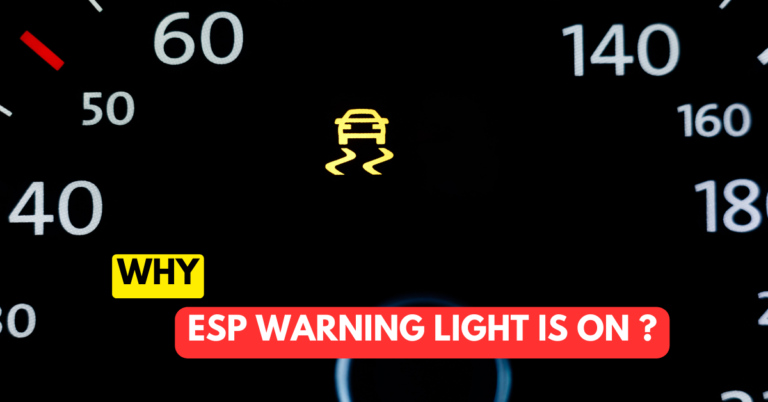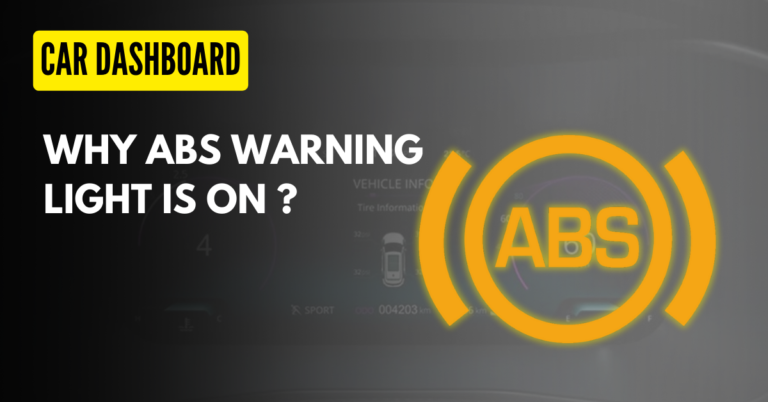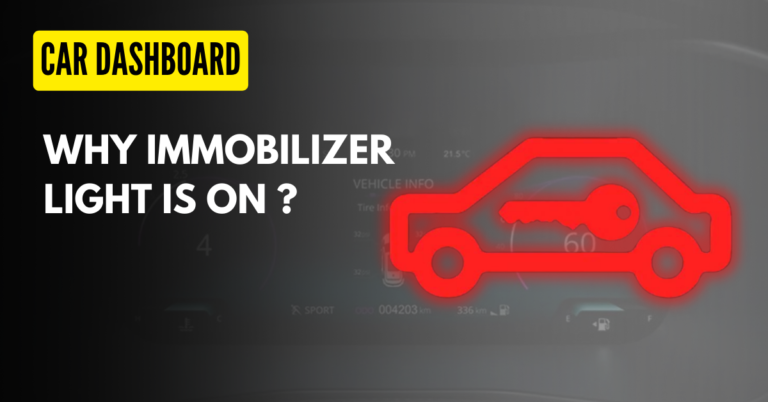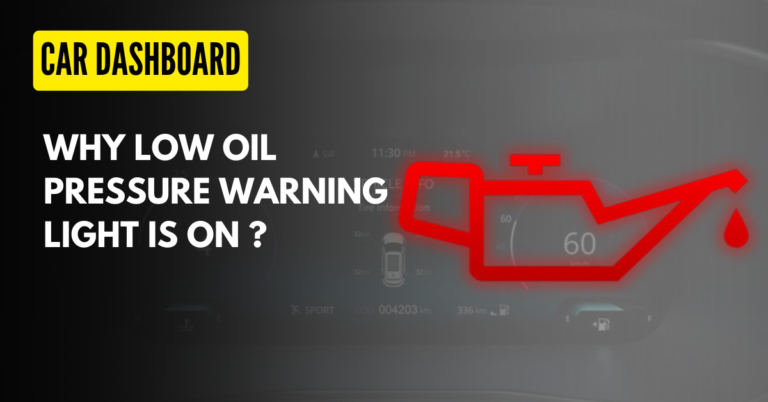Your vehicle’s Tire Pressure Monitoring System (TPMS) is a crucial safety feature designed to alert you when one or more tires are significantly under-inflated, potentially creating unsafe driving conditions. When the TPMS detects low tire pressure, it triggers a warning indicator on the dashboard instrument panel, typically represented by a yellow symbol resembling a tire cross-section with an exclamation point. Understanding why this light illuminates and knowing how to reset it is essential for safe driving and proper vehicle maintenance.
What is Tire Pressure Monitoring System (TPMS) ?
A Tire Pressure Monitoring System (TPMS) sensor is a specialized device installed in a vehicle’s tires to oversee the air pressure and temperature within them. Its core function is to notify the driver when the tire pressure becomes excessively low or high. This monitoring system plays a pivotal role in enhancing fuel efficiency, prolonging tire lifespan, and elevating overall vehicle safety. Low tire pressure can lead to irregular tire wear, heighten the chances of tire blowouts and accidents, and decrease fuel economy.
How TPMS Works ?
The TPMS (Tire Pressure Monitoring System) functions through sensors placed within the tire’s air valve stem. These sensors come in two types: mechanical and electronic. Mechanical sensors rely on a diaphragm and spring to detect pressure changes, while electronic ones use a battery-powered mechanism.
These sensors monitor both the tire’s air pressure and temperature, transmitting this data wirelessly to the vehicle’s onboard computer. The computer compares these measurements with the recommended tire pressure for the specific vehicle. If it detects that the pressure in any tire is below the optimal level, it triggers a warning light on the dashboard to alert the driver.
What Does a Flashing Tire Pressure Indication Mean?
When you start your vehicle and see your TPMS light blinking briefly before turning off, it’s typically part of the dashboard’s startup routine and isn’t a cause for concern. However, if the light continues flashing while you’re driving, or if it turns on and remains illuminated, there might be an issue with your tires.
1. TPMS Light Illuminates While Driving:
If the TPMS light comes on and stays on, it indicates that at least one of your tires has low pressure.
2. TPMS Light Goes On and Off:
Fluctuating temperatures can cause the TPMS light to turn on and off when tire pressures are close to the threshold for triggering an alert. For instance, overnight pressure drops due to cooler temperatures might trigger the light, which could then turn off as pressures increase during the day or due to the heat generated while driving.
3. TPMS Light Flashes and Then Stays On:
If the TPMS light flashes for about 60 to 90 seconds when starting the car and then remains lit, it suggests a malfunction in the TPMS system. This could be due to issues with the tire sensors or their batteries. When the tire pressure sensor’s battery is low, the flashing light indicates that it’s time for a battery replacement.
What Should You Do if TPMS Light Comes?
When your TPMS light comes on, it’s essential to take action to ensure safe driving conditions. Here’s what you should do:
1. Manually Check Tire Pressures:
Use a tire pressure gauge to check the pressure in all your tires. If the pressure is below or above the levels recommended by the vehicle manufacturer, add air to inflate or deflate the tires accordingly. You can find the recommended tire pressure specifications on the driver’s door jamb or in the owner’s manual. After adjusting the tire pressures, reset the TPMS to ensure accurate readings.
2. Assess TPMS Sensor or Battery Issues:
Look for signs of malfunctioning TPMS sensors or low sensor batteries. If there are issues with these sensors, it could trigger the TPMS light. If you suspect a faulty sensor or low battery, it might be necessary to have them inspected or replaced by a professional.
How to Reset TPMS ?
After adjusting the tire pressure recommended. TPMS needs to reset. The vehicle-wise TPMS procedure is different. however, the basic operation is the same,
1. Locate the TPMS Button:
Find the TPMS reset button in your vehicle. Its exact location can vary, so refer to your car owner’s manual for guidance.
2. Initiate the TPMS Reset:
Follow the specific TPMS reset procedure outlined in the owner’s manual. This typically involves pressing and holding the TPMS reset button for a specified duration while the vehicle is in a certain mode, such as the ignition being in the ‘on’ position.
3. Drive the Vehicle:
After resetting, drive the vehicle for a specific duration at a particular speed as indicated in the owner’s manual. This step allows the TPMS to relearn the tire positions and recalibrate.
4. Perform a Hard Reset:
If necessary, perform a hard reset of the TPMS system. With the vehicle turned off, use a wrench to disconnect the positive battery cable. Once disconnected, turn the car on and honk the horn for about three seconds. This helps discharge any remaining power stored in the vehicle. Finally, reconnect the battery.




